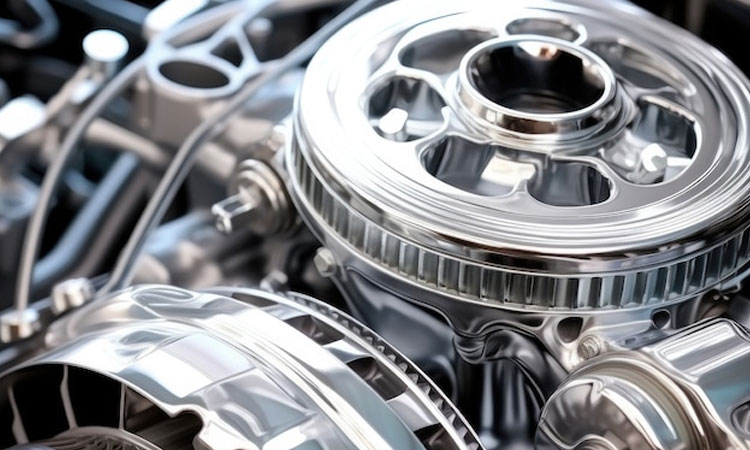Transmission parts machining, encompassing the manufacturing processes for critical components like gears, shafts, and transmission housings, is indispensable for ensuring smooth power transmission in vehicles. As automotive technology evolves to meet the demands for enhanced performance, efficiency, and durability, the transmission parts machining sector is witnessing several trends that are reshaping the landscape of transmission component production.
Shift towards Lightweight Materials:
The demand for lightweight transmission components is driving the adoption of advanced materials such as aluminum alloys, high-strength steels, and composites. These materials offer a high strength-to-weight ratio, contributing to improved fuel efficiency and reduced emissions. Machining processes are evolving to accommodate these materials, with a focus on precision machining techniques that maintain structural integrity while reducing weight.
Precision Machining for Enhanced Performance:
With the increasing complexity of transmission systems, precision machining is paramount to ensure optimal performance and reliability. Advanced machining technologies such as Computer Numerical Control (CNC) machining and multi-axis machining enable manufacturers to achieve tight tolerances and intricate geometries required for smooth power transmission. Additionally, the integration of metrology and quality control systems ensures consistent part quality and reliability.
Adoption of Advanced Gear Manufacturing Techniques:
Gears are critical components of transmission systems, and advancements in gear manufacturing techniques are driving innovation in transmission parts machining. Processes such as gear hobbing, gear shaping, and gear grinding are evolving to produce high-precision gears with minimal noise, vibration, and wear. Additionally, the use of advanced coatings and surface treatments enhances gear durability and performance.
Integration of Smart Manufacturing Technologies:
The integration of smart manufacturing technologies such as Artificial Intelligence (AI), Internet of Things (IoT), and machine learning is revolutionizing transmission parts machining processes. AI-driven algorithms analyze machining data in real-time to optimize cutting parameters, predict tool wear, and improve process efficiency. IoT-enabled sensors monitor machine performance and product quality, enabling predictive maintenance and reducing downtime.
Embracing Sustainability:
Sustainability considerations are influencing transmission parts machining practices, with manufacturers adopting eco-friendly machining techniques and materials. Dry machining, minimum quantity lubrication, and the use of recyclable materials minimize environmental impact and reduce waste generation. Additionally, energy-efficient machining processes and the implementation of renewable energy sources contribute to a more sustainable manufacturing ecosystem.
Electrification and Hybridization:
The rise of electric and hybrid vehicles is reshaping the demand for transmission parts machining. While traditional transmission components will still be needed for internal combustion engines, machining companies are diversifying their capabilities to produce components for electric drivetrains and hybrid systems. This includes machining motor components, power electronics, and transmission systems tailored to the requirements of electrified vehicles.
In conclusion, transmission parts machining is undergoing a period of rapid innovation driven by advancements in materials, precision machining techniques, smart manufacturing technologies, sustainability initiatives, and the shift towards electrification and hybridization in the automotive industry. Manufacturers that embrace these trends and invest in cutting-edge machining processes will be well-positioned to meet the evolving demands for high-performance transmission components that drive efficiency and innovation in vehicle powertrains.
image courtesy : Designed by Freepik



